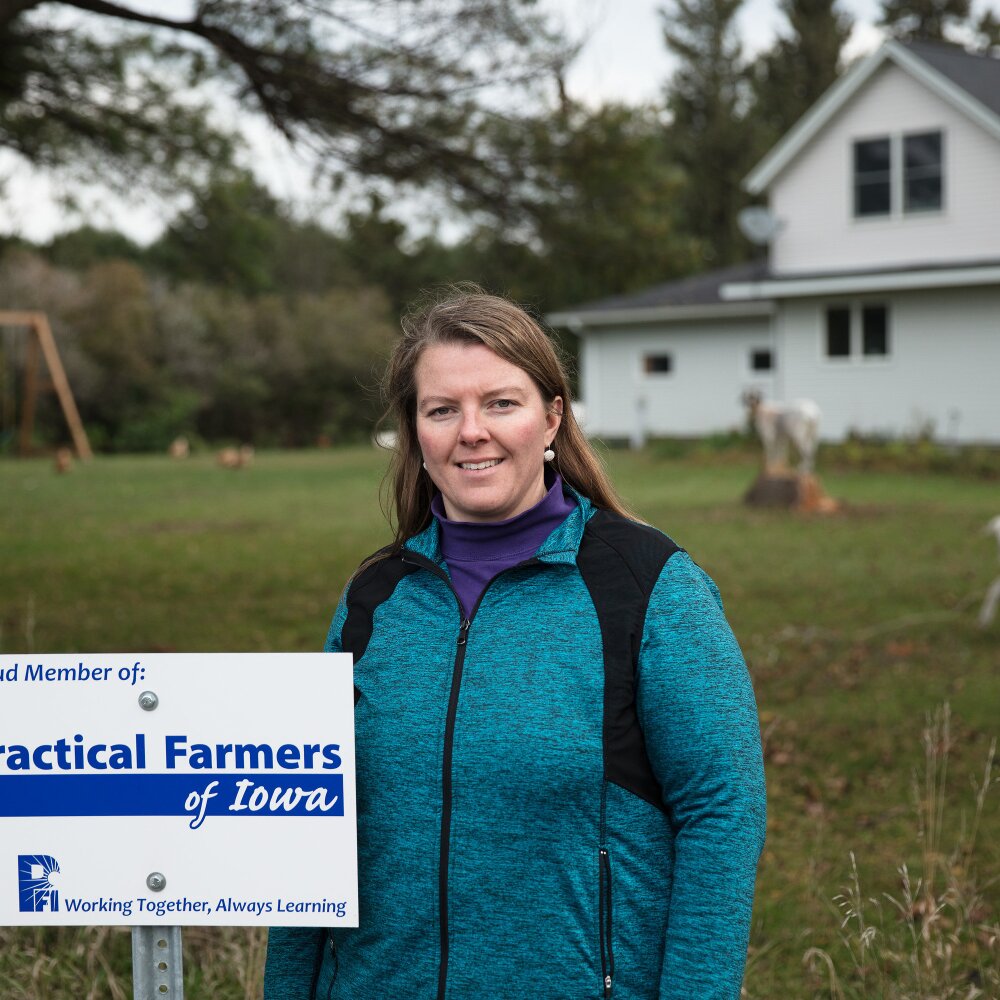How can nonprofits plan for the future when the future looks so unsettled?
That’s the question keeping sector leaders up at night as they look ahead to 2021, while grappling with a still-unfolding pandemic that has rendered even the best-laid organizational plans for 2020 obsolete.
In turbulent times, there’s a temptation to believe that activities like strategic planning, learning engagements and conducting evaluations get in the way of the good work nonprofits do, or at the least that they are luxuries we can’t afford in times of crisis.
But challenging times – especially those that cause budget shortfalls, new or redesigned programs, or other major disruptions – are situations that require sector leaders to learn and adjust course rapidly, while basing critical decisions on data to the greatest extent possible.
Indeed, we believe now is the time to double down on planning, goal setting, data collection, measurement, reflection and continuously adapting strategies as we learn. Used properly, these tools provide organizations a structure in which they can learn in the moment, shift course quickly in changing circumstances and ultimately create more impact both now and well into the future.
Here are a few tips to help nonprofits thrive as we head into 2021:
Create a shared vision and develop shared values. Spending the time to define your vision and values gives your organization a North Star to guide its work. They form the foundation upon which to build your strategy and a framework for how to adapt your work to serve that vision in times of crisis.
Make a plan designed to be flexible and adaptable. A year ago, as nonprofits were setting goals for 2020, no one foresaw a once-in-a-century pandemic that would shut down the economy, close schools and offices and upend cherished routines of daily life. COVID-19 provided a hard lesson in the importance of being flexible, adaptable and prepared for the unexpected.
As schools transitioned to remote learning, the ones that thrived were those that had already built some capacity for a future in which online instruction played a bigger role in educating students. For arts and culture organizations forced to cancel exhibitions and performances, those that quickly pivoted to provide more robust online programming positioned themselves for quicker recovery when they are again able to welcome the public inside brick-and-mortar facilities. The bottom line? Organizations need to have adaptive capacity to quickly evaluate their operating environment and shift business models rapidly.
Organizations need to constantly test their thinking when contexts change and use scenario thinking to develop the capacity to adapt.
Plan for different scenarios. So much about 2021 is unknown. Will the virus wane or worsen? Will a vaccine become widely available? This year highlighted the pitfalls of setting a singular vision for your organization. Instead, it’s critical to make your best assessment of how the year will unfold and plan for two or three different scenarios. Organizations need to constantly test their thinking when contexts change and use scenario thinking to develop the capacity to adapt. It is unlikely that the scenario that is planned for will come to fruition as expected, but engaging in scenario planning can strengthen important evaluative thinking muscles by assessing what it takes to thrive no matter what the future brings.
Do a needs assessment. In a time when budgets are tight and community needs are increasing, how can organizations offer what communities and clients need most right now? Organizations can test their own assumptions by doing needs assessments to determine if what they are offering is really what will have the greatest benefit for their clients – whether it’s a school, a museum or a conservation organization. This is especially true for nonprofits that are currently experiencing significant shifts in their programming.
Stay focused on data collection. To know if your organization is headed in the right direction, you need data to provide insights into performance, effectiveness and impact. This is especially important when you are operating in a new or unexpected environment. A live theater, for example, may no longer be able to measure success by ticket sales, but it can still collect other data – such as online engagement with virtual performances or surveys of customer satisfaction – to measure what’s working well and where further adjustments may be needed.
When you realize strategic planning is about setting the groundwork for what you will learn along the way, its value becomes more apparent.
Reflect and learn. All of the approaches mentioned to this point should be deployed in service of strategic learning. Too often, organizations view strategic planning and evaluation as additional responsibilities that can potentially take time away from the work of serving clients and making the world a better place. That thinking can be even more prevalent in a crisis, when the natural instinct is to react quickly to perceived needs. But when you realize strategic planning is about setting the groundwork for what you will learn along the way, its value becomes more apparent. At the end of the day, nonprofit organizations need to set aside time and space for strategic learning activities that can generate insights and drive the continuous improvement of programs and services.
Seek advice from others. Nonprofits benefit from having a wealth of good resources to help them learn how to be resilient. The S.D. Bechtel Foundation has published an invaluable guide for nonprofits to thrive in difficult times. The Center for Effective Philanthropy recently offered great tips on scenario planning for foundations that are also useful for grantees. The Stanford Social Innovation Review provides sound advice on organizational learning. Public Profit offers approaches for teams to reflect on data and the Center for Evaluation Innovation explains how to build a culture of learning.




